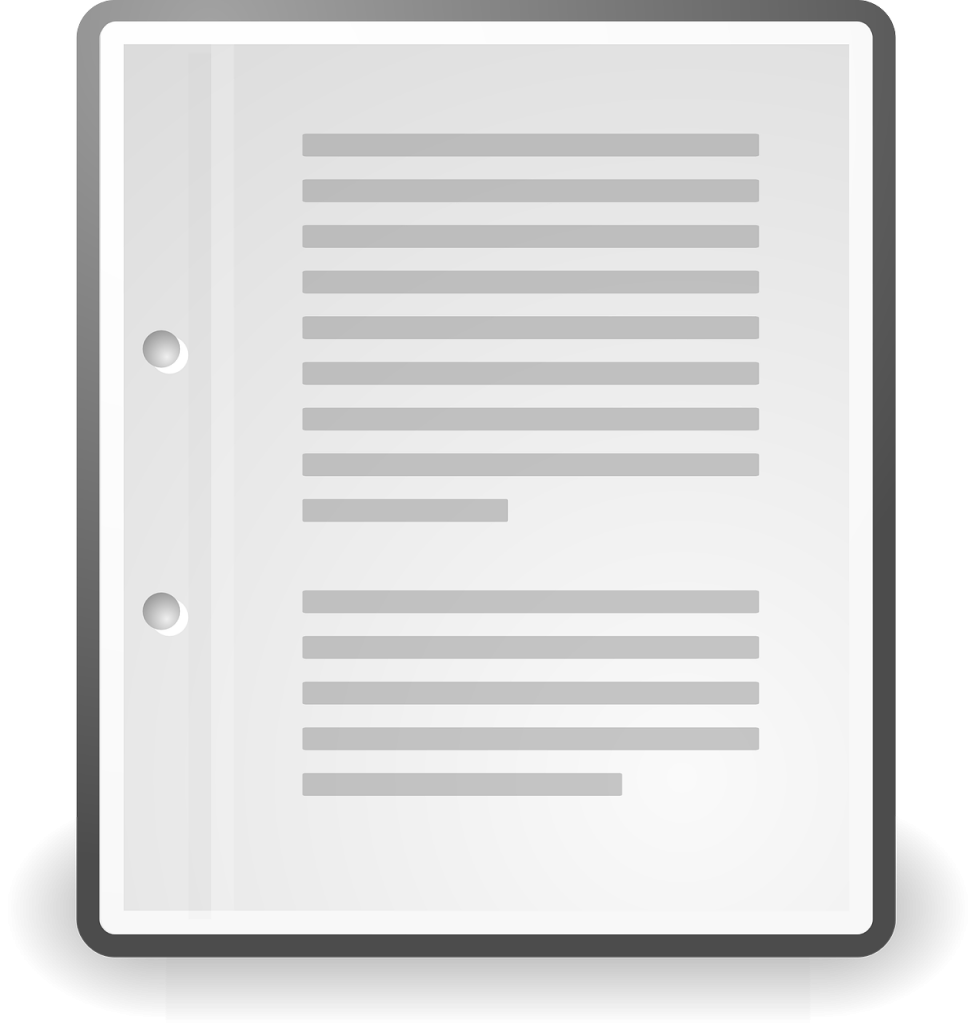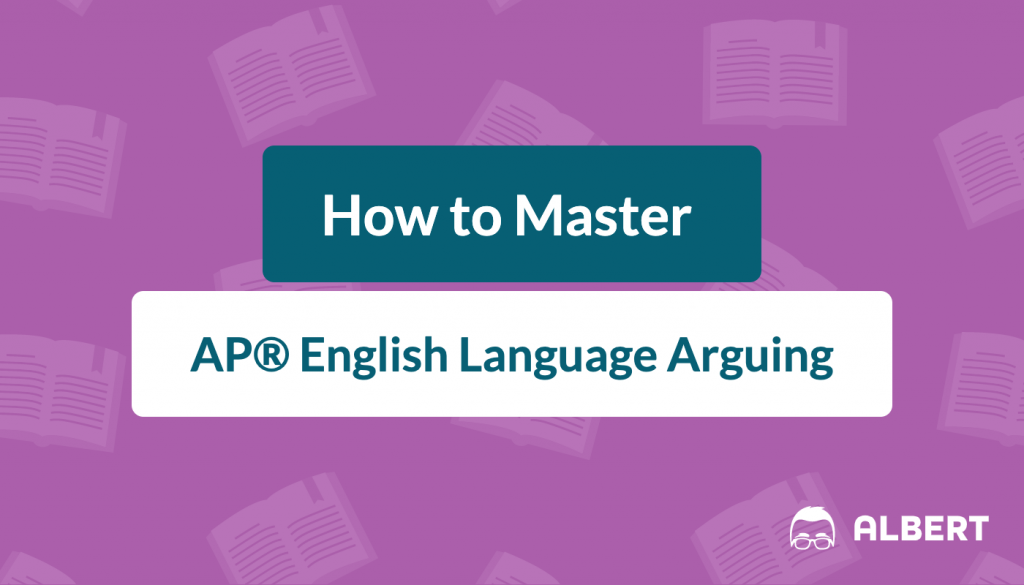Acing the AP® English Language and Composition exam is no easy feat, but it can definitely be accomplished. Lang represents most high school students’ first foray into the world of AP® English exams, as it is traditionally taught before AP® English Literature and Composition. Between the two AP® English exams, it is definitely the easier test, as it is more skills-based than the Lit test and therefore more straightforward to master.
Don’t be fooled by the fact that this is an English class, or by the fact that your teacher may (and likely will) decide to pile novel after novel onto your syllabus. The trick to doing well on this exam does not hinge upon your ability to manipulate literary devices such as similies and metaphors. Memorizing the plots of novels and scouring cram books will be of limited use. In the end, doing well on AP® Lang will actually mean becoming a master of argumentation, plain and simple. Instead, reading, understanding, and practicing the usage of argumentative tactics will get you a 5.
There are of course two parts to this exam – essays and multiple-choice. 45% of the exam is actually purely multiple-choice based. This is the part you will need the cram book for the most. Practice test after practice test is the key, as the exam tests a large range of technical terminology related to argumentation. For both the multiple choice and the essay questions, it will be important to understand such terms and have them memorized. If your teacher hasn’t made up a list of such terms for you to study, there are plenty on the Internet and they also feature in cram books.
While cram books are important for taking practice multiple-choice exams (as on other exams, there are only so many variations you can ask on similar questions year to year, so taking as many exams as possible and reviewing the answers is highly recommended), they are of limited importance for this exam’s three essay questions. I hardly looked at my cram book except insofar as I wanted to review some key terms and go over exam questions. Don’t panic, though, there is definitely a plan for doing well on the essays, even if it is not as straightforward as plunking down with a cram book for a month. I would recommend reading great arguments, identifying their theses, the rhetorical strengths and strategies used within them (such as paradoxes, ethos, pathos) as well as weaknesses (such as straw man arguments and ad hominem fallacies). My experience dissecting famous works of argumentation such as Jonathan Swift’s A Modest Proposal and Mary Wollstencraft’s Vindication of the Rights of Women was invaluable on exam day.
Once you’ve prepared sufficiently for the exam by reading the writings of great masters of argumentation, the task of actually writing an essay is at hand. While there is a time and a place for deeply creative writing, acing this section of the AP® exam really comes down to how well you’ve mastered a formula, which I will outline below:
Introduction paragraph
This paragraph is key because it is your first impression on your essay reader. It is crucial to open strong.
- Hook and/or Background
o Include some background/historical information to open the first paragraph, along with or instead of an interesting “hook” to get your reader’s attention
- Argument/thesis
o This is perhaps the most crucial part of this essay. While the thesis is always important, it is especially crucial to make a definitive statement that you are capable of defending with the evidence.
- There are no “wrong” theses, only poorly defended ones. Make sure that whatever you say, you root it firmly in the evidence.
- Pick a side. You don’t have to actually agree with it as long as it is, once again, firmly rooted in the evidence.
- Roadmap
o This is where you ease the reader into the structure of your paper. While you want to make sure you discuss argumentative devices such as ad-hominem attacks and paradoxes, you want to be careful not to turn your essay into a list of terms. This makes for a choppy, amateurish paper that will not merit full points.
o Key tip: pick a flowing, appealing structure for your paper. You can build your argument (and discuss rhetorical terms) by chronologically dissecting an issue or narrative.
- For example: “the author builds the argument throughout the paper by myriad rhetorical strategies…”
- Note that you do not need to list all the strategies. You just need to make it clear how the paper will flow and how you will support your thesis.
o Key tip: the very best essays make concessions to the other side of the argument. You can get the concession over with at the beginning or the end of the paper, just make sure that when you make a reasonable concession it does not overshadow your main argument.
First body paragraph + argument

Each body paragraph should be at least five-eight sentences long and should include 1-2 pieces of evidence to support your argument.
- First topic sentence/transition from thesis
o Make sure you effectively transition from the thesis to the first piece of evidence. It can be a simple transitional sentence, but it is always important to remember to transition.
- Set-up first piece of argument
o Remember, you are trying to create an eloquent, easy to understand experience. Briefly situate the reader in the context of the argument you are discussing.
- First piece of evidence
o This can be a paraphrased excerpt or a direct quote.
- Analyze first piece of evidence
o This is crucial: do not merely state evidence/terms, rather, analyze them and offer something new.
- Transition to second piece of evidence or the next paragraph
o This depends on how many pieces of evidence fit in with this type of argumentative issue/device. It’s important to resist the urge to “megagraph” aka, the creation of huge, meandering paragraphs chockfull of evidence. If you do this, your meaning will get lost. Instead, stick with six succinct paragraphs with selectively chosen, strong evidence that supports your thesis and shows what you know.
While this may seem like a lot to tackle, if you break your studying up into at least a month’s worth of time you will be golden. The key, just like any other AP® exam, is practice. Practice this formula, memorize those terms, take as many practice exams as you can, and you will be good to go!
By the way, you should check out Albert.io for your AP® English Language review. We have hundreds of AP® English Language practice questions written just for you!









2 thoughts on “How to Master AP® English Language Arguing”
Thanks for this helpful information.
You’re welcome, Cassandra! Good luck!
Comments are closed.